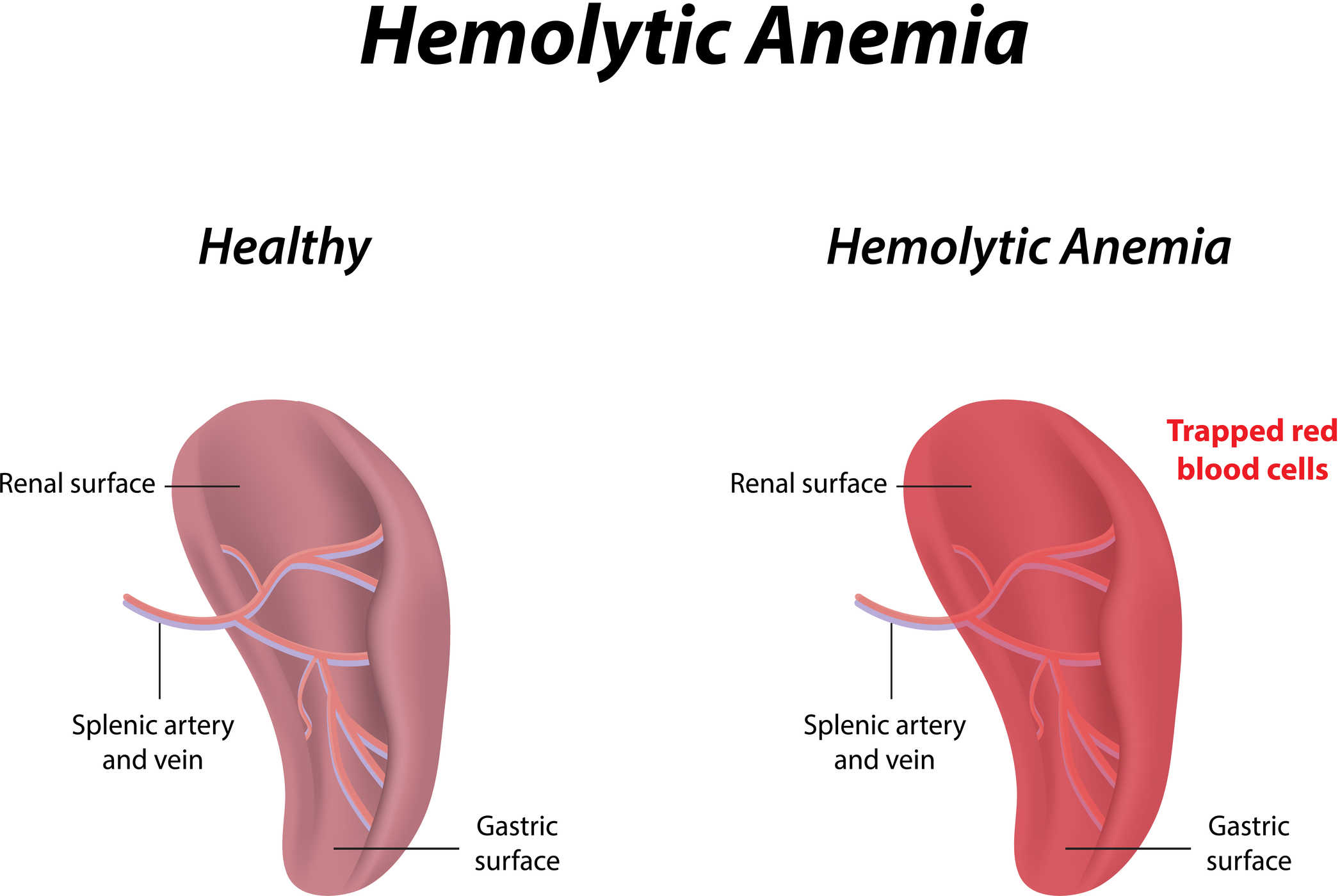Contents:
- Medical Video: Hemolytic Anemia
- What is hemolytic anemia?
- What are the causes of hemolytic anemia?
- Can hemolytic anemia be cured?
Medical Video: Hemolytic Anemia
What is hemolytic anemia?
Hemolytic anemia is a condition when red blood cells are destroyed and removed from the bloodstream before their life cycle ends.
The pieces of red blood cells are shaped like donuts without a hole in the middle. These cells function to carry oxygen throughout the body and remove carbon dioxide (waste products) from the body.
Red blood cells are made in the bone marrow, tissues are like sponges in bones. Normally, red blood cells live around 120 days in the bloodstream before they die.
In addition to red blood cells, white blood cells and platelets are also made in the bone marrow. White blood cells fight infection, while platelets gather to cover small wounds or holes in the walls of blood vessels to stop bleeding.
When blood cells die, the body's bone marrow will make more blood cells instead. But in cases of hemolytic anemia, the bone marrow is unable to make red blood cells quickly to meet the body's needs.
Hemolytic anemia can cause a variety of health problems, such as fatigue, pain, irregular heartbeat (arrhythmia), heart enlargement, and heart failure.
People with hemolytic anemia tend to get tired easily because their body does not receive enough oxygen because red blood cells do not function properly. In addition, symptoms that may be experienced are shortness of breath, dizziness, and pale or yellow skin. If not treated, anemia can damage the liver and other major organs due to lack of oxygen intake.
What are the causes of hemolytic anemia?
The term "anemia" usually refers to a condition when the number of red blood cells in a person's blood is classified as low.
Anemia can also occur if red blood cells do not contain enough hemoglobin. Hemoglobin is an iron-rich protein that carries oxygen from the lungs throughout the body.
Anemia has three main causes, namely blood loss (bleeding), lack of red blood cell production, or high levels of damage to red blood cells.
Hemolytic anemia is caused by high levels of damage to red blood cells. Many diseases, conditions, and factors can trigger the body to destroy red blood cells.
This cause can be inherited or obtained. Hemolytic anemia that is "inherited" refers to the condition due to genes inherited / inherited from parents to their children. Meanwhile, "acquired" hemolytic anemia refers to conditions that are not derived from hereditary genes, but your body develops itself. Sometimes the cause of hemolytic anemia is unknown.
Can hemolytic anemia be cured?
Because hemolytic anemia has a variety of types, treatment and health prospects depend on the type and severity of anemia you have. This condition can occur suddenly or slowly. Symptoms of hemolytic anemia ranging from mild symptoms to severe symptoms.
Many cases of hemolytic anemia are successfully treated or controlled. Mild hemolytic anemia may not require treatment at all, whereas severe hemolytic anemia requires proper treatment so that the condition is not fatal.
Legacy haemolytic anemia is a lifelong disease that makes patients have to undergo outpatient care, while hemolytic anemia developed by the body can gradually recover after the trigger for this condition is found and treated.












